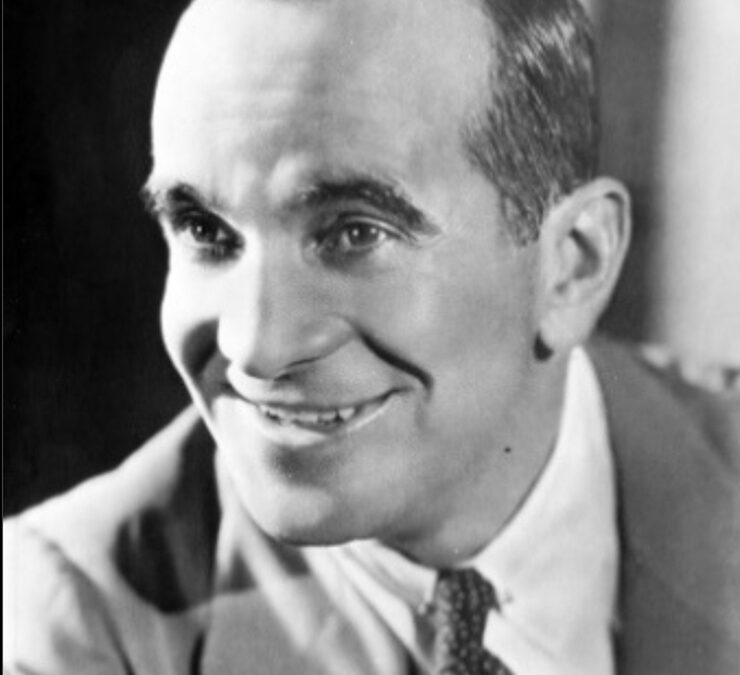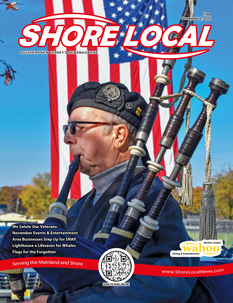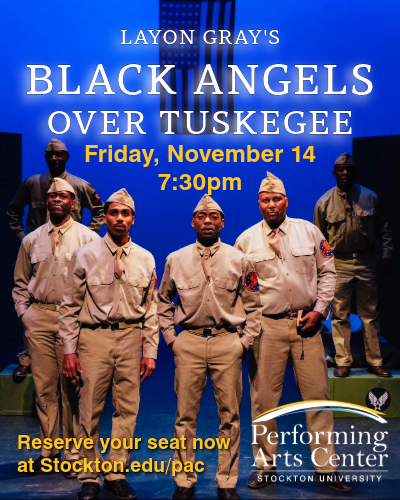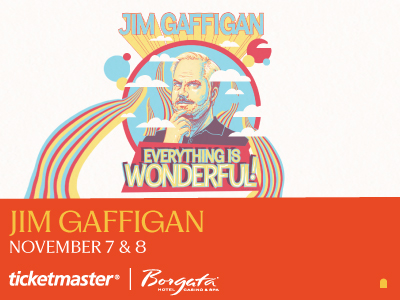By Seth Briliant
Between 1900 and 1940, thousands of songs were published. Some became very popular and have endured to this day, while others languished on dealers’ racks and were slowly (or sometimes quickly) forgotten. Many songs have interesting stories about their creation; here are a few intriguing bits of musical history:
Sophie Tucker’s career spanned more than 50 years, and she often appeared at the famous 500 Club in Atlantic City. Her theme song, “Some of These Days,” was written in 1910. I’ve often wondered how Sophie found this particular song. The answer is that the song actually found her.
Sophie had a maid who accompanied her on vaudeville tours, and the maid had a boyfriend named Shelton Brooks. He was an aspiring but unsuccessful songwriter, and he asked his girlfriend to show his new song to Sophie. She loved it, put it into her act and the rest is history.
In the music business, there’s an unusual job known as a “song doctor.” These people specialize in taking a song that flopped and then changing the title, the lyrics, the tempo and/or the rhythm in an effort to create a hit.
One of the best examples is a 1927 tune from Czechoslovakia called “Ŝkoda Lásky” (Unrequited Love). The song was purchased by an American publisher in 1934, who changed it from a foxtrot to a polka, substituted timely new lyrics after the 1933 repeal of Prohibition, and retitled it, “The Beer Barrel Polka.” When the Andrews Sisters recorded it in 1939, it became a smash hit.
Another song doctor success is the jazz standard, “I’m Confessin’ (That I Love You).” This song was originally called “Looking For Another Sweetie,” and it was recorded under that title in 1929 by Fats Waller. When it failed to catch on with the public, it was reborn in 1930 with new lyrics by Doc Daugherty and the new title. Louis Armstrong’s November 1930 recording of the song was very popular, and it was subsequently covered by many other artists including Rudy Vallee, the gypsy guitarist Django Reinhardt, Bing Crosby, Perry Como, Les Paul and Mary Ford, Dean Martin and Anne Murray.

Even established composers like George Gershwin sometimes had problems creating a hit song. His beautiful song, “Embraceable You,” began life in “East is West,” a 1928 operetta that was never produced. In 1930 it was included in the Broadway musical, “Girl Crazy,” and eventually became a jazz standard.
Irving Berlin had similar troubles with “Blue Skies,” a 1926 tune that was a last-minute addition to Rogers & Hart’s Broadway show, “Betsy.” Although the show was a flop and closed after only 39 performances, “Blue Skies” survived to become a popular standard. It was also one of the first songs to be included in a sound motion picture or “talkie,” being sung by Al Jolson in the 1927 movie, “The Jazz Singer.”
The tune has been recorded by Benny Goodman, Bing Crosby, Ella Fitzgerald and Count Basie, among many others. In fact, Thelonious Monk’s 1947 jazz composition, “In Walked Bud,” is based on the chord changes to “Blue Skies.”
Seth plays tenor banjo and an archtop electric guitar in the Vintage Jazz Band. This six-piece group from Egg Harbor Township plays popular standards of the 1920s, ’30s and ’40s at concerts in local public libraries, over-55 communities, nursing homes and municipal rec centers.














